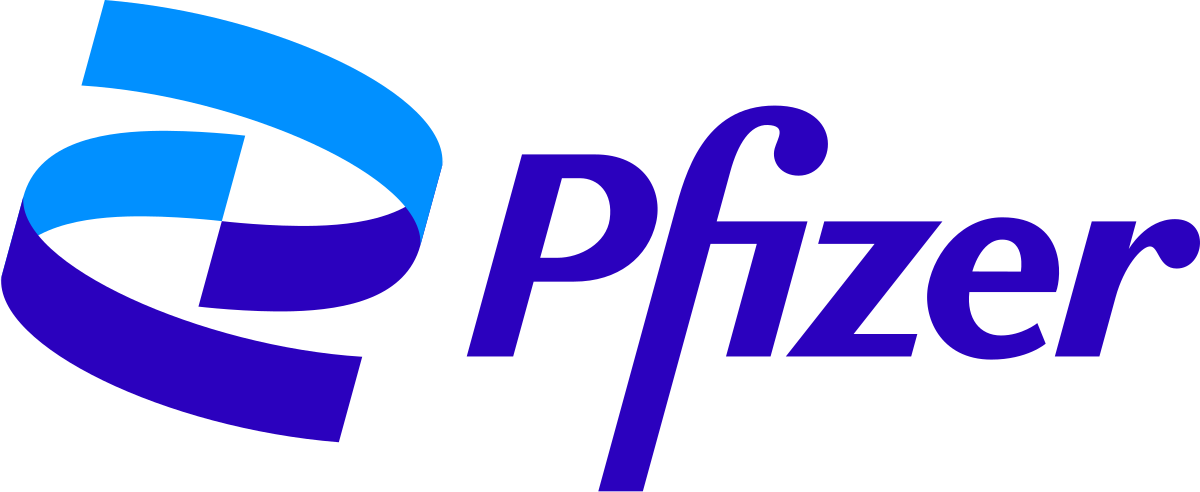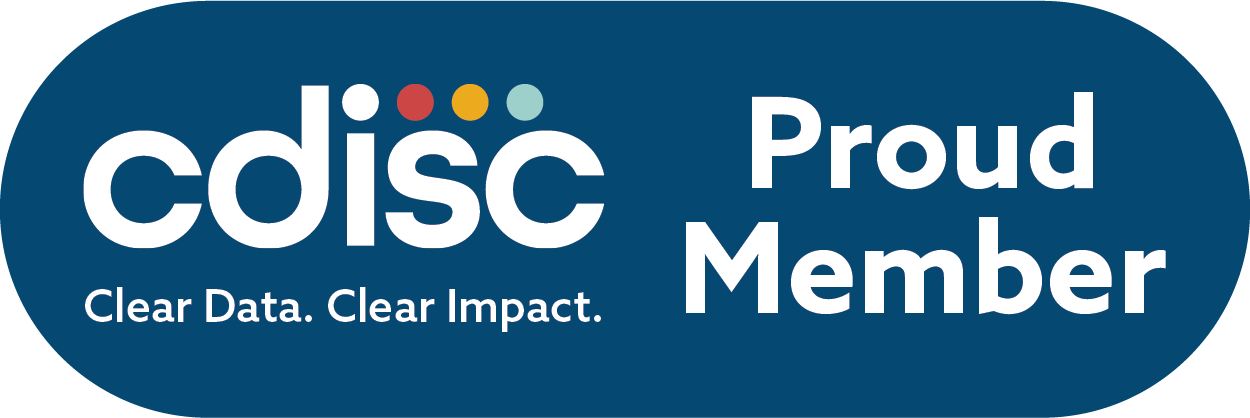





Tables, Listings, and Figures Automation
Tables, Listings, and Figures (TLFs) are essential components of clinical study reporting. They translate raw clinical data into structured outputs that support regulatory documents like Clinical Study Reports (CSRs), address health authority queries, and guide scientific publications. Traditionally, creating and validating TLFs is a time-intensive, multi-step process involving statistical programmers, biostatisticians, and medical writers. Frequent revisions, code rewrites, and manual interpretation can lead to significant delays in regulatory submission.
TLF Voyager streamlines this process using generative AI and the Narrativa Knowledge Graph, enabling rapid and accurate generation of TLFs directly from clinical datasets.
- Automatically generates and formats TLFs from SDTM and ADaM datasets with minimal manual input
- Understands and interprets clinical data to create relevant, high-quality outputs
- Reduces reliance on repetitive coding and shortens response times to medical writer change requests
- Ensures consistency across outputs, minimizing manual review and back-and-forth validation
- Enhances collaboration between statistical programmers, biostatisticians, and writers
- Accelerates timelines for CSR delivery and supports faster regulatory submissions
Benefits
In a few minutes, generate TLFs that are compliant with regulations
- No programming experience needed
- Update titles and footnotes with ease
- Reduce/eliminate bottle-neck processes like frequent changes and quality checks when coding, creating, updating, and validating TLFs
- Accelerate regulatory submission to health authorities
Learn more: TLF Automation
Clinical Trial TLFs
Tables, Listings, and Figures (TLFs) are ways to analyze and summarize datasets of a clinical study into an easily readable format; they are created with the help of statistical programmmers and biostatisticians from the designated departments. After validating with the study statistician, medical writers use TLFs to create documents like clinical study reports (CSRs). Some TLFs are straightforward and easy to interpret, while others may require writing an extensive discussion to explain them. In addition to their value in CSRs, TLFs are used to answer regulatory questions and support publications based on the clinical data contained in them.
Gaps associated with TLF creation and utilization
Creating TLFs is a tiresome process that involves frequent quality checks to verify the validity of the included information. Not only that, medical writers could request changes in the output, which requires additional time to rewrite the code that produced the TLF documents. This means new rounds of validation and quality checks to confirm the correctness of the new outcome.
In addition, medical writers spend significant amounts of time flipping back and forth between TLFs to interpret their meanings, confirm their correctness, and ensure consistency. All these processes lead to delays in delivering the final CSR to health authorities. The outcome is a considerable lag phase in providing life-saving medications and treatments to those needing them the most.




